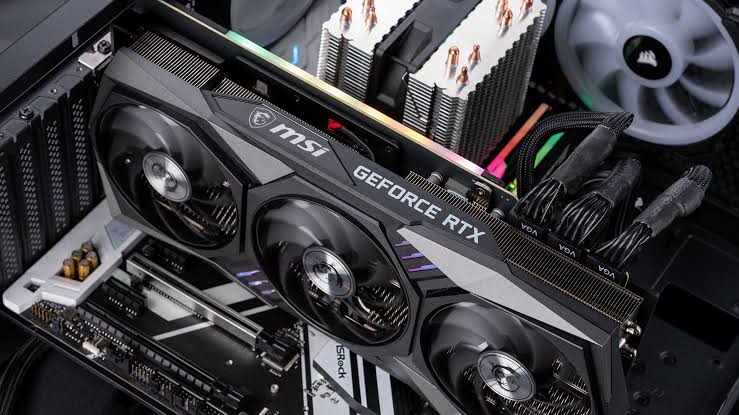A graphics processing unit, commonly known as GPU, is a specialized electronic unit designed to alter and manipulate memory to accelerate the creation of images in a frame buffer meant for video display. These devices are used in mobile phones, embedded systems, game consoles, and personal computers.
So, how long does a GPU last? GPUs generally last between 3-5 years, depending on usage. If you overuse the GPU, it lasts shorter than three years. Poor maintenance will also cause early wearing out. However, proper use and care could see a GPU last for over seven years.
If you are interested in learning more about the durability of GPUs, this guide will be of great help. Read on to find out if GPUs wear out, how often you should replace them, and how you can prolong their lifespan.
Do GPUs Wear Out?
When buying a GPU, you will want it to last for as long as possible. Even though these devices can last for a considerably long time, how you use them could determine their durability. One commonly asked question about GPUs is: can they wear out?
GPUs can wear out. These devices can wear out due to various reasons like overuse, exposing them to weighty loads for a long time, and heat and throttle. GPUs have a thermal paste that ages over time. As a result, the card’s temperature increases gradually and could break because it is an electronic device.
Signs of Worn-Out GPU
There are several signs of a worn-out GPU; some of them include; a crashed computer that won’t reboot, persistent graphic glitches while you play, abnormal fan noise or performance, stuttering, and artifacts.
Computer Crashing and Unable to Reboot
One of the main signs of a worn-out GPU is your computer crashing and not being able to reboot. Your GPU could be running a high-graphic game without any hitches, then after a few hours of playing, your computer shuts down abruptly, and the monitor loses signal. When you try to reboot it, you get a beeping noise as the motherboard indicates error codes.
All these are pointers of a damaged or worn-out GPU. In most cases, motherboards are built with sensors that detect damaged computer components immediately they become faulty. This is why the motherboard displays error codes showing the affected parts. You will need to replace your GPU when these signs show.
Glitch While Playing Games
Another common indicator of a worn-out GPU is glitching while playing games. In some cases, when you are enjoying your video game, the GPU fails to render the graphics correctly. This mostly happens when the GPU can’t support the game’s software. However, when the card is worn out, it will start showing slight graphic defects over time.
As a result, you may notice strange screen glitches, screen flickering, and off-color pixelation in different areas of the screen. Screen glitches can be quite distractive, especially when playing high voltage games. They are frequently accompanied by sharp sound flukes that could be confused with those of a damaged CPU.
Unusual Fan Noise
When you notice abnormal fan noise or performance, it could also indicate a worn-out GPU. In most cases, video cards have cooling fans designed to spin faster only when the GPU is overloaded. This is meant to prevent bearings in the cooling fans from early defections. Therefore, you don’t have to worry if one of your cooling fans remains inactive as you browse.
However, when playing games that your GPU isn’t designed to support, the bearings in its cooling fans will wear out at a faster rate. With time, the fans will stop working under load, and the GPU eventually dies. When the cooling fan is damaged, it will produce abnormal sounds that can be noticed easily. It is essential to replace your GPU right away after seeing these signs to avoid causing damage to your computer.
Constant Stuttering
Stuttering is also another indicator of a worn-out GPU. This mostly happens when playing a game with high-quality graphics. Stuttering is basically a significant drop in frame rate. It is essential to understand that apart from a worn-out GPU, stuttering can also be caused by other things like software-based sources or hardware components. This is why it is essential to be thorough be settling on a worn-out GPU as the cause of stuttering. You should let a certified professional examine your machine to be sure.
Small Screen Artifacts
Artifacts also indicate a damaged or worn-out GPU. They are similar to screen glitches. However, these appear like weird shapes that pop up randomly covering part, or the whole of your screen. They mainly occur when watching a video, playing a video game, or working on any project that relies on high-quality graphics.
As much as restarting the video game or program could temporarily fix this problem, this is an indicator of a worn-out GPU. The artifacts will keep popping up after a short period of playing. Therefore, you will need to replace your GPU as soon as possible.
